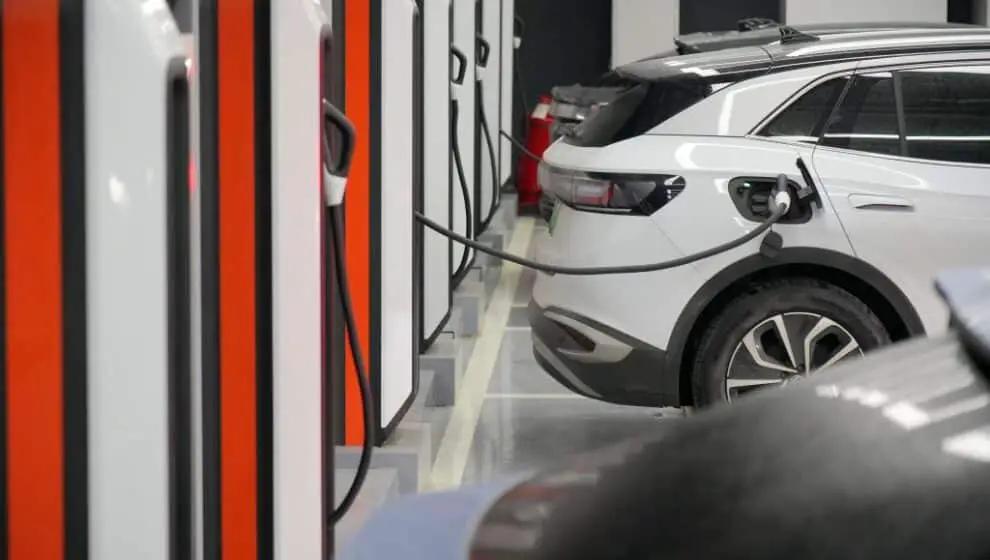The U.S. is finding ways to charge electric vehicles (EVs) more efficiently, making an already low-carbon transportation alternative an even more environmentally friendly option.
Key Details
- EVs may not have the same emissions output as gas-powered vehicles, but the energy it takes to charge EV batteries can sometimes contribute just as much carbon as traditional cars.
- More customers are switching to EVs, but in some places around the world, the electricity that charges these vehicles is made from high-carbon fuels like coal, The Wall Street Journal reports.
- High-emission electricity production reduces the effect EVs can have on overall emissions output, but there are other, cleaner options.
- Depending on what country an EV is driven in, it may result in differing levels of carbon output.
- For example, driving an EV in the U.S. produces less carbon than driving one in China, Japan, or Germany, The Wall Street Journal reports.
Why it’s news
EVs may be presented as a cleaner transportation alternative than gas-powered vehicles, but EVs are only as clean as the energy used to power them. In the U.S., around 60% of electricity last year was produced through fossil fuels. About 18% came from nuclear power and 22% from renewable energy options, The Wall Street Journal reports.
The U.S. has made significant strides in its goal to reduce emissions from the power sector. As more energy from renewable sources powers the U.S. electricity grid, EVs will become a cleaner option for drivers.
Despite the environmental effects of powering and manufacturing EVs, the vehicles still provide a cleaner alternative than traditional vehicles. However, the actual environmental effect of an EV will vary greatly depending on the country it is located in.
In Europe, the EU has cracked down on carbon emissions, but even with greater regulations, EVs’ effect on emissions can still look different from one country to another, depending on how it sources its power. For example, Norway and France get much of their power from hydropower and nuclear, respectively. As a result, their EV drivers have relatively little environmental effect.
Poland is among one of the heaviest climate polluters in the EU. It sources around 70% of its electricity from coal-burning power stations—severely hampering any environmental benefit EVs may provide.
China, one of the world’s largest EV markets, has some of the highest emissions rates in the world. However, as EV sales have risen in the country, China has also started to bring down its emissions output. With plans to increase nuclear power production, its emissions could sink even further.
